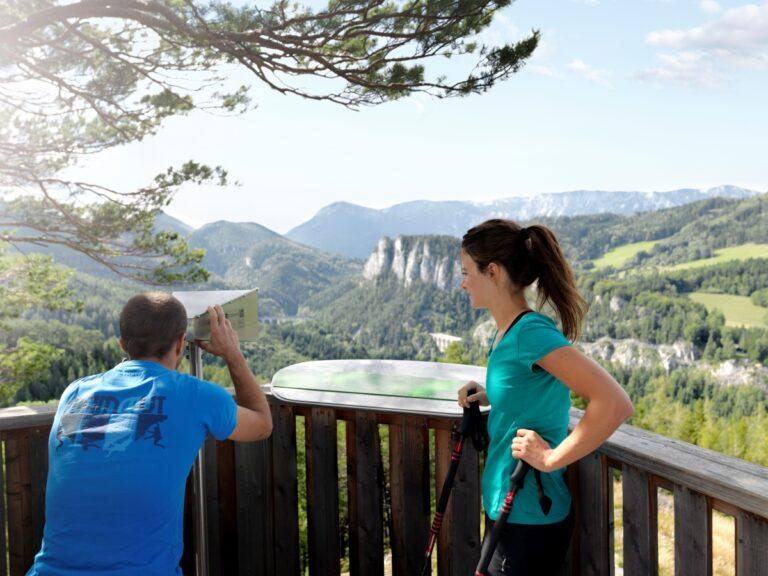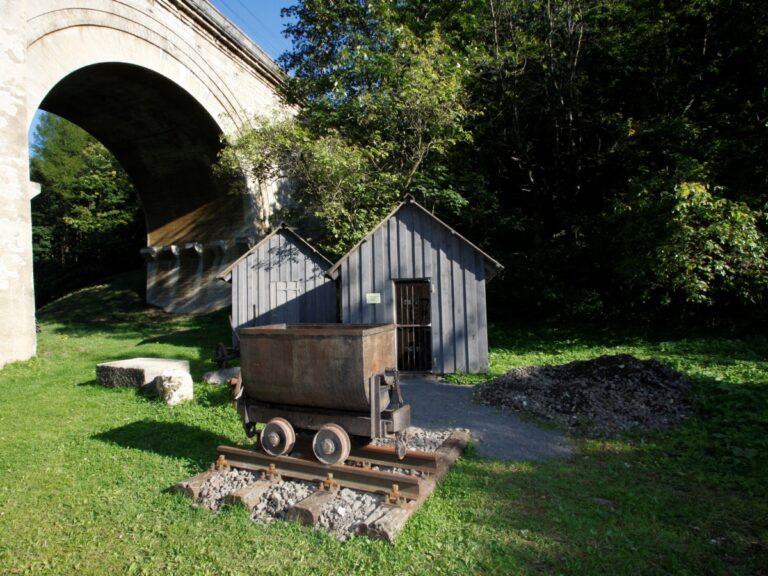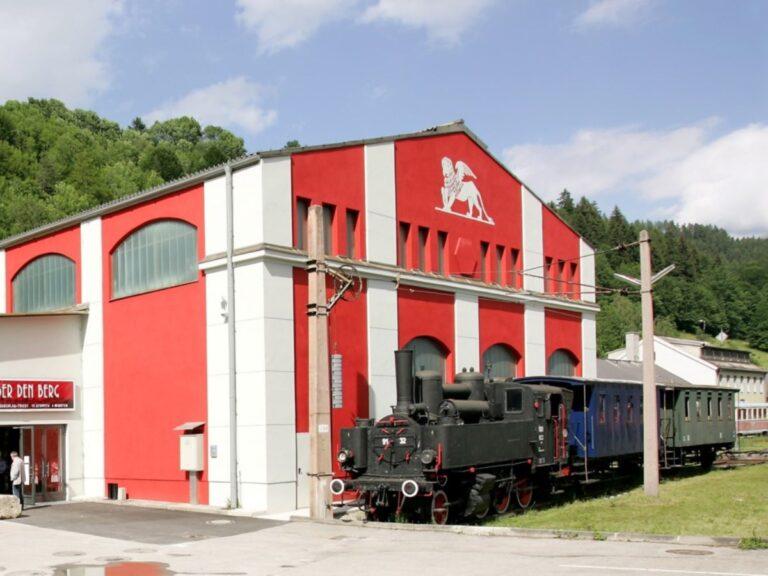World Cultural Heritage Semmering Railway
Unesco World Heritage Semmering Railway and surrounding landscape
The Semmering Railway is over 160 years old. But what makes the 41-kilometre-long railway line from Gloggnitz to Mürzzuschlag special is not only its proud age: it was the first mountain railway in the world in 1854 and was declared a UNESCO World Heritage Site in 1998.








Accompany Carl Ritter von Ghega along the Semmering Railway
Unesco World Heritage
SITES OF OUTSTANDING UNIVERSAL VALUE
World Heritage – means protection of outstanding cultural and natural assets. The sites on the UNESCO World Heritage List have exceptional value, both for themselves and for all mankind.
The protection of the world’s cultural and natural heritage is a central concern of UNESCO (United Nations Educational, Scientific and Cultural Organization). The organization was founded in November 1945, occasion and background were the catastrophes in the first half of the 20th century. Because prejudices and hatred originate in the heads – so the idea – they can be prevented also there, by co-operation with education, science and culture.
For a cultural or natural entity to be considered a World Heritage Site, it must have “outstanding universal
universal value” and stand out from the crowd of comparable objects. Its decay or wanton destruction was an irreparable loss for mankind.
irreparable loss for mankind. The states that nominate a cultural or natural property for the World Heritage List commit themselves to its sustainable protection. Experts from cultural and nature conservation organizations review the nominations and recommend inclusion or rejection to the World Heritage Committee. The rights and obligations of the states are regulated in a globally applicable treaty: The “UNESCO Convention Concerning the Protection of the World Cultural and Natural Heritage,” better known as the “World Heritage Convention,” was established in 1972.
The history
The Semmering, pass and town at the same time, was an extremely popular and elegant summer resort in the 19th century. In order to make it easier for the honourable guests, who mainly came from Vienna, to get there and at the same time to create a continuous railway connection from Vienna to Trieste, the bold plan was made to open up the mountain region with a railway.
The Semmering Railway went into operation in 1854, and in 1998 it became the world’s first railway line to be awarded the title “UNESCO World Heritage Site”. The technical masterpiece was planned by Carl Ritter von Ghega, at that time the first standard-gauge mountain railway in Europe.
Up to 20,000 men and women worked on the construction, under working conditions that are unimaginable today and in a demanding terrain.
On its core route from Gloggnitz to Mürzzuschlag, the railway overcomes 457 metres in altitude, the average gradient is a remarkable 20 per thousand. It runs through 15 tunnels, over 16 viaducts, over 100 arched stone bridges and winds its way up the mountain in large arches.
The World Heritage Railway
The builder
Carl Ghega was born in Venice in 1802. His parents had planned a career for him as a naval officer, but he preferred to work in architecture and mathematics. After his studies in Padua, he planned road and water constructions in Veneto. In 1842 he became head of planning for the southern state railways in the k & k monarchy.
In the same year he travelled to the USA to study the mountain railways there. Soon afterwards he was commissioned to design the railway line from Gloggnitz to Mürzzuschlag. A task that had seemed impossible until then. Not only the rugged terrain posed great challenges: Ghega also had to deal with the construction of locomotives that could overcome these gradients. In 1851, before the opening of the Semmering Railway, Carl Ghega was knighted. In 1860 he died of tuberculosis in Vienna.
Today, the section over the Semmering is one of the most attractive railway lines in Austria. For train passengers, the view is constantly changing. It stretches far across the forests, peaks and clearings of the Semmering region. The special features of the railway line are visible in many places.
Even more immediate and impressive are the tunnels, viaducts and hairpin bends along the railway hiking trail with its sections in Lower Austria and Styria.
Hiking Route Semmering – Breitenstein
Route: 9.20 km
Duration: 3:00 h
Ascent, descent: 389 hm
Difficulty: medium
